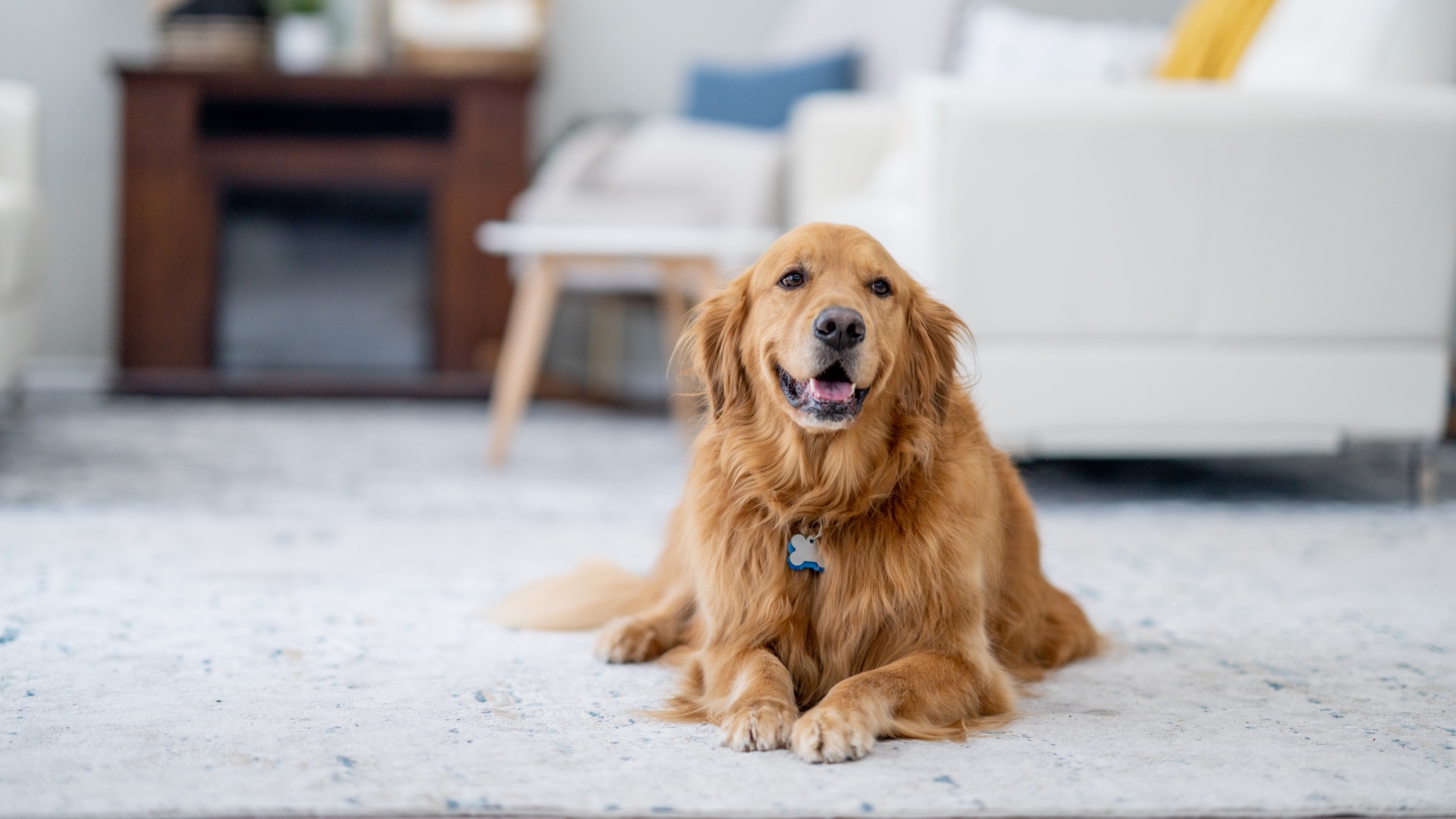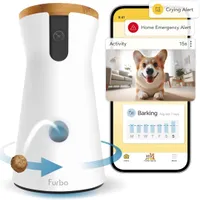Trainer reveals four benefits to monitoring your dog when they’re home alone
Keeping an eye on your pup when you aren’t there physically can be a great help!

As much as we’d love to stay home with our dogs every day, life gets in the way, which means it’s not always possible. Whether we need to head to work or school, run errands, or visit loved ones, our pups will likely need to spend some time home alone.
But, what do dogs get up to when they’re home alone? You might want to know if they’re doing things you wouldn’t usually allow them to do, if they’re sleeping enough, or if they’re showing signs of anxiety, but it can be difficult to know if we’re not actually there – and that’s where the best pet cameras can come in!
Meanwhile, Juliana DeWillems, an expert trainer and the founder of JW Dog Training & Behavior, has explained why you might want to monitor your dog while they’re home alone, and how you can do so, in a new Instagram post.
A post shared by JW Dog Training & Behavior Consulting (@jwdogtraining)
A photo posted by on
With a 355° pan range, AI detection, and customizable alarm sound, this pet cam has a lot of impressive features.
DeWillems explains that it can be helpful to know what your dog is doing when you’re not at home, both from a training perspective and to help keep your mind at rest.
She suggests using a pet camera to gain insights into what your pup is doing at home when you can’t be there – some cameras can even give your dog treats. So, you could give your dog a treat through the camera for not reacting to sounds outside, for example, allowing you to continue reinforcing desired behaviors even when not physically present.
“We all know the importance of being able to reward desirable behaviors to build positive habits,” she explains.
And the most important things you can keep an eye on are as follows:
Get the best advice, tips and top tech for your beloved Pets
• Your dog’s sleeping pattern: Is your dog sleeping enough while you’re not there?
• Any signs of anxiety, like pacing, panting, and whining: Separation anxiety can be quite common, and here’s how to reduce separation anxiety in dogs.
• Reactive behaviors: If you find that your dog displays reactive behaviors while home alone, you can be proactive in addressing the problem – you can give them alternative behaviors, like sniffing, to partake in while you’re not there.
• Destructive behaviors: Many dog parents know that feeling of coming home to find a cushion destroyed, for example, but if you find out beforehand you might be able to tackle the issue.
As DeWillems says, “Being aware of these behaviors and addressing them can actually improve other behavior challenges.”
If you have to head out to work or school, you might find it useful to ask the question ‘How long can you leave a dog alone?’ And, don’t forget to take a look at the 32 common dog behavior problems and solutions for more tips!
More than just a pet camera, this innovative design lets you treat your fur friend from anywhere in the world. It also has a 360° view , night vision and 4X HD zoom.

Adam is a freelance journalist specialising in pets, music and culture, and mental health and wellbeing. He investigates and writes the large majority of news on PetsRadar, and collaborates with veterinary experts to produce informative pet care content.
Adam has a journalism degree from Southampton Solent University and a masters degree in Magazine Journalism from Cardiff University. He was previously senior editor at dog advice website DogTime.com, and has also written for The Independent, GoodToKnow and Healthline.
He owns two rescue cats, Bunny and Dougie, and has also previously had a rabbit, fish and Roborovski dwarf hamsters.


